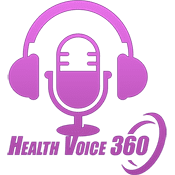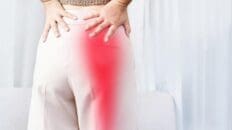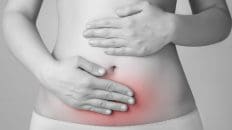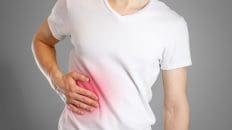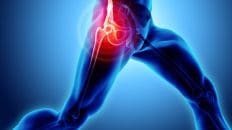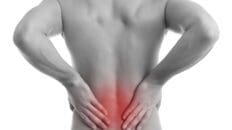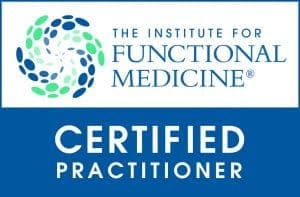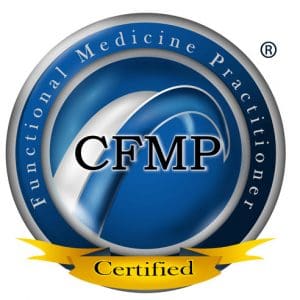In individuals with lumbosacral pain, how do cost-effective treatments compare to traditional care treatments affect muscle strain?
Table of Contents
Introduction
The human spine is divided into three sections, which form an S-curve shape that supports the upper and lower body parts, maintaining good posture during movement. The spinal discs or intervertebral discs act as shock absorbers within each section of the spinal column. They help reduce axial overload and protect the spinal cord. The cervical, thoracic, and lumbar sections have specific roles in the upper and lower body parts, ensuring comfort and pain-free movement. However, many people engage in normal activities such as lifting improperly, sitting excessively, or carrying an unreasonable weight, leading to pain and disability over time without proper care. The lumbosacral region of the spine is the most commonly injured and is linked to low back pain. Lumbosacral pain can result from normal or traumatic factors, making individuals miss work or daily activities, leading to financial burdens when visiting a doctor. Symptoms associated with lumbosacral pain can cause referred pain to other parts of the body, leading individuals to think that the primary pain location is elsewhere. Fortunately, various cost-effective treatments can reduce the effects of lumbosacral pain and alleviate muscle strain in the lower back region. This article focuses on the many factors associated with lumbosacral pain, cost-effective treatments to reduce it, and the difference between traction and spinal decompression, which can alleviate muscle strain in the lumbosacral spinal region. As we work with certified medical providers who use our patients’ information to treat individuals experiencing lumbosacral pain and explain how combining non-surgical decompression as part of their routine can alleviate the pain-like symptoms affecting the lumbosacral region. We inform them about non-surgical treatments to ease lumbosacral pain while reducing muscle strain. We encourage our patients to ask essential questions while seeking education from our associated medical providers about their situation. Dr. Alex Jimenez, D.C., provides this information as an educational service. Disclaimer
Lumbosacral Pain Associated Factors
How many times a day have you been experiencing low back pain associated with lifting heavy objects? Do you feel muscle aches or strains in your lower back from excessing sitting from your job? Or do you feel pain in your lower back after a long day of work that feels better after sitting down? Many individuals don’t often realize that the pain they are feeling in their lumbosacral region could be due to the normal factors that are causing repetitive motions that are causing the spinal discs in the lumbosacral area to be compressed, damaged, or herniated. To that point, lumbosacral pain may correlate with low back pain. Since low back pain is mostly a non-specific issue, many working individuals with a sedentary desk job or an active job requiring physical exertion can be a clue to the causes of low back pain associated with lumbosacral pain. (See Tan & Kumar, 2021) Additionally, lumbosacral pain can cause the individual to have unwanted stress while undergoing treatment. The cost of treating lumbosacral pain associated with the low back can increase drastically.
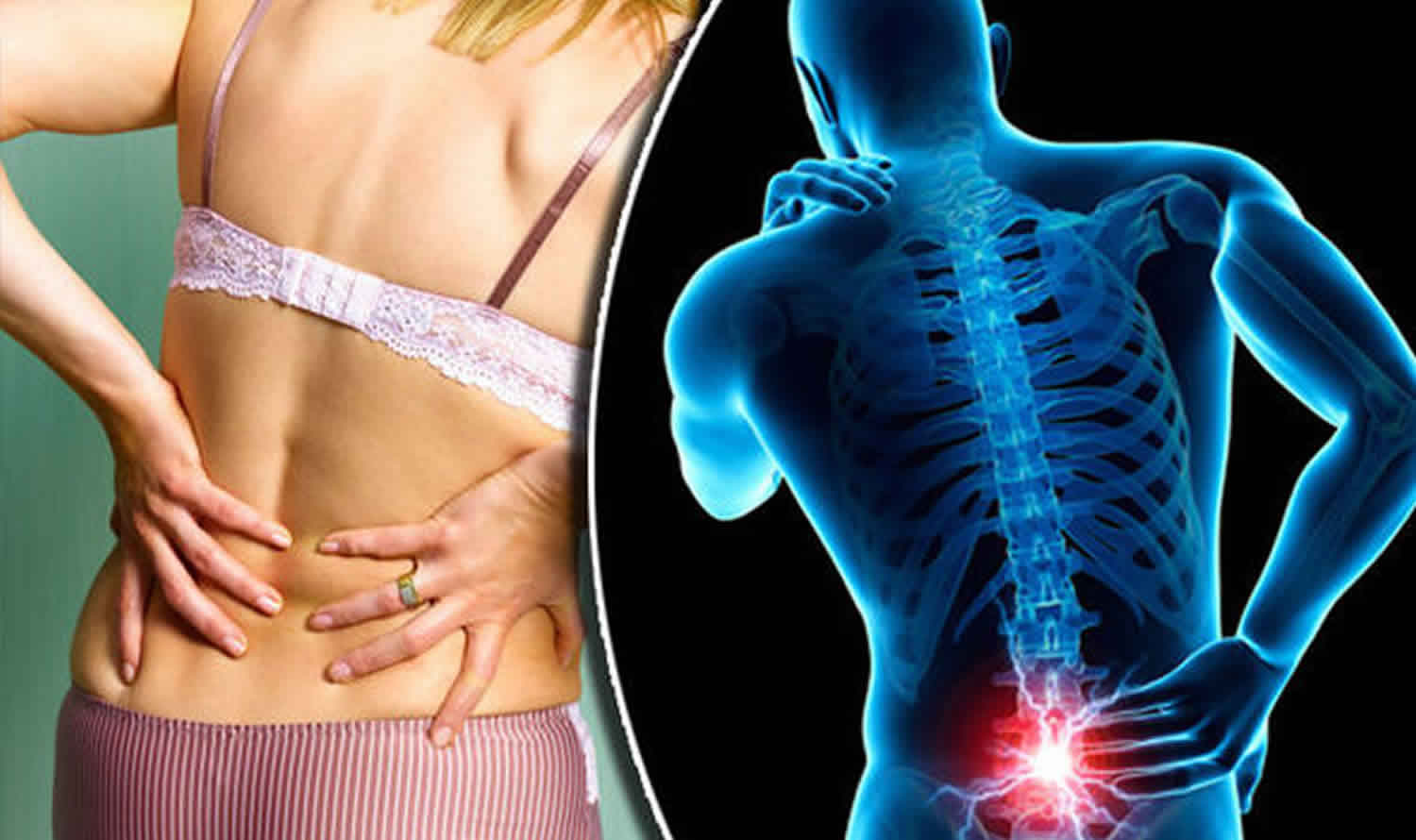
The working individual would have to worry about the cost of traditional medical care and how to compensate for the lost wages to pay for the treatment. (Snook, 1988) This leads many individuals to continue working even when in excruciating pain by incorporating home treatments to reduce the pain temporarily. When the lumbosacral spine is dealing with pain, the nerve roots that surround the lumbosacral region will begin to go haywire, causing somato-visceral pain where the sensory signals cause symptoms of tingling and numbness to travel down to the legs, glutes, low back, and thighs. (Vaitkus & Sipylaite, 2021) Luckily, many individuals can be at ease in numerous ways. There are cost-effective treatments to reduce the pain-like issues associated with the lumbosacral region and alleviate the muscle strain caused by lumbosacral pain.
Can Core Exercises Erase Back Pain?-Video
Many individuals will look for home remedies to reduce the pain in the affected muscle area when treating lumbosacral pain associated with low back pain. Many people will opt for exercises, ice/hot packs, or massages to ease low back pain related to lumbosacral pain. (“Simple treatments best for acute low-back problems, say federal guidelines,” 1995) All these treatments are cost-effective and can be combined with non-surgical treatments to stretch the tight muscles, realign the spine, and help rehydrate the spinal discs back to the spine. The video above asks if core exercises can help ease back pain. The video details how weak core muscles correlate with lower back lumbosacral pain. Engaging the core during exercise can help stabilize the lumbosacral region while improving overall wellness.
Cost-Effective Treatments Relieve Lumbosacral Pain
When relieving lumbosacral pain, cost-effective non-surgical treatments can help many individuals find the relief they need. The effects of non-surgical treatments for the lumbosacral vertebrae apply various techniques to the spine by widening the spinal disc height, reducing muscle strain and spasms, and separating the vertebrae. (Colachis & Strohm, 1969) Many individuals have opted for these treatments because they are safe, cost-effective, and gentle on the spine. Since the spinal discs can be compressed due to unwanted axial load, spinal manipulation done by a chiropractor can realign the spine out of subluxation. (Cyriax, 1950) This allows the individual to feel instant relief and reduce the aggravated nerve roots from the lumbosacral spine. Other cost-effective treatments like traction therapy and spinal decompression can also alleviate lumbosacral pain that is causing the issue to many individuals.
Traction vs. Spinal Decompression
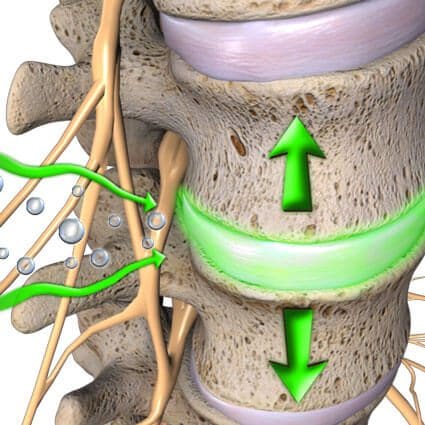
The difference between traction therapy and spinal decompression therapy varies within the individual and what their personalized treatment plan requires. Traction therapy incorporates half of the person’s body weight with additional weight to reduce nerve root compression and can be combined with other treatments like hot/cold therapies and electro-stimulation; combined with an exercise program can strengthen the weak muscles and reduce muscle strain. (Alrwaily, Almutiri, & Schneider, 2018)
With spinal decompression, many individuals will be strapped into a mechanical machine and feel a gentle pull on their spine. This creates negative pressure between the spine and allows the disc to lay off the aggravating nerve root and promote healing properties back to the disc. (Choi et al., 2022) Spinal decompression causes a direct distraction within the spinal segments with minimal discomfort to the individual. Both cost-effective treatments are suitable for individuals with lumbosacral pain along their spine as they can help relieve pain and reduce muscle strain along the lumbar region after a few sessions. Non-surgical treatments are beneficial for many individuals who are looking to take back their health and wellness without being in pain.
References
Alrwaily, M., Almutiri, M., & Schneider, M. (2018). Assessment of variability in traction interventions for patients with low back pain: a systematic review. Chiropr Man Therap, 26, 35. https://doi.org/10.1186/s12998-018-0205-z
Choi, E., Gil, H. Y., Ju, J., Han, W. K., Nahm, F. S., & Lee, P.-B. (2022). Effect of Nonsurgical Spinal Decompression on Intensity of Pain and Herniated Disc Volume in Subacute Lumbar Herniated Disc. International Journal of Clinical Practice, 2022, 6343837. https://doi.org/10.1155/2022/6343837
Colachis, S. C., Jr., & Strohm, B. R. (1969). Effects of intermittent traction on separation of lumbar vertebrae. Archives of Physical Medicine and Rehabilitation, 50(5), 251-258. https://www.ncbi.nlm.nih.gov/pubmed/5769845
Cyriax, J. (1950). The treatment of lumbar disk lesions. Br Med J, 2(4694), 1434-1438. https://doi.org/10.1136/bmj.2.4694.1434
See, Q. Y., Tan, J. B., & Kumar, D. S. (2021). Acute low back pain: diagnosis and management. Singapore Med J, 62(6), 271-275. https://doi.org/10.11622/smedj.2021086
Simple treatments best for acute low-back problems, say federal guidelines. (1995). Am J Health Syst Pharm, 52(5), 457. https://doi.org/10.1093/ajhp/52.5.457a
Snook, S. H. (1988). The costs of back pain in industry. Occup Med, 3(1), 1-5. https://www.ncbi.nlm.nih.gov/pubmed/2963383
Vaitkus, A., & Sipylaite, J. (2021). Sensory Perception in Lumbosacral Radiculopathy with Radicular Pain: Feasibility Study of Multimodal Bedside-Suitable Somatosensory Testing. Acta Med Litu, 28(1), 97-111. https://doi.org/10.15388/Amed.2021.28.1.18
Disclaimer
General Disclaimer
Professional Scope of Practice *
The information herein on "A Cost-Effective Treatment For Lumbosacral Pain" is not intended to replace a one-on-one relationship with a qualified health care professional or licensed physician and is not medical advice. We encourage you to make healthcare decisions based on your research and partnership with a qualified healthcare professional.
Blog Information & Scope Discussions
Welcome to El Paso's Premier Wellness and Injury Care Clinic & Wellness Blog, where Dr. Alex Jimenez, DC, FNP-C, a Multi-State board-certified Family Practice Nurse Practitioner (FNP-BC) and Chiropractor (DC), presents insights on how our multidisciplinary team is dedicated to holistic healing and personalized care. Our practice aligns with evidence-based treatment protocols inspired by integrative medicine principles, similar to those found on this site and our family practice-based chiromed.com site, focusing on restoring health naturally for patients of all ages.
Our areas of multidisciplinary practice include Wellness & Nutrition, Chronic Pain, Personal Injury, Auto Accident Care, Work Injuries, Back Injury, Low Back Pain, Neck Pain, Migraine Headaches, Sports Injuries, Severe Sciatica, Scoliosis, Complex Herniated Discs, Fibromyalgia, Chronic Pain, Complex Injuries, Stress Management, Functional Medicine Treatments, and in-scope care protocols.
Our information scope is multidisciplinary, focusing on musculoskeletal and physical medicine, wellness, contributing etiological viscerosomatic disturbances within clinical presentations, associated somato-visceral reflex clinical dynamics, subluxation complexes, sensitive health issues, and functional medicine articles, topics, and discussions.
We provide and present clinical collaboration with specialists from various disciplines. Each specialist is governed by their professional scope of practice and their jurisdiction of licensure. We use functional health & wellness protocols to treat and support care for musculoskeletal injuries or disorders.
Our videos, posts, topics, and insights address clinical matters and issues that are directly or indirectly related to our clinical scope of practice.
Our office has made a reasonable effort to provide supportive citations and has identified relevant research studies that support our posts. We provide copies of supporting research studies upon request to regulatory boards and the public.
We understand that we cover matters that require an additional explanation of how they may assist in a particular care plan or treatment protocol; therefore, to discuss the subject matter above further, please feel free to ask Dr. Alex Jimenez, DC, APRN, FNP-BC, or contact us at 915-850-0900.
We are here to help you and your family.
Blessings
Dr. Alex Jimenez DC, MSACP, APRN, FNP-BC*, CCST, IFMCP, CFMP, ATN
email: coach@elpasofunctionalmedicine.com
Multidisciplinary Licensing & Board Certifications:
Licensed as a Doctor of Chiropractic (DC) in Texas & New Mexico*
Texas DC License #: TX5807, Verified: TX5807
New Mexico DC License #: NM-DC2182, Verified: NM-DC2182
Multi-State Advanced Practice Registered Nurse (APRN*) in Texas & Multistate
Multistate Compact RN License by Endorsement (42 States)
Texas APRN License #: 1191402, Verified: 1191402 *
Florida APRN License #: 11043890, Verified: APRN11043890 *
* Prescriptive Authority Authorized
ANCC FNP-BC: Board Certified Nurse Practitioner*
Compact Status: Multi-State License: Authorized to Practice in 40 States*
Graduate with Honors: ICHS: MSN-FNP (Family Nurse Practitioner Program)
Degree Granted. Master's in Family Practice MSN Diploma (Cum Laude)
Dr. Alex Jimenez, DC, APRN, FNP-BC*, CFMP, IFMCP, ATN, CCST
My Digital Business Card
RN: Registered Nurse
APRNP: Advanced Practice Registered Nurse
FNP: Family Practice Specialization
DC: Doctor of Chiropractic
CFMP: Certified Functional Medicine Provider
MSN-FNP: Master of Science in Family Practice Medicine
MSACP: Master of Science in Advanced Clinical Practice
IFMCP: Institute of Functional Medicine
CCST: Certified Chiropractic Spinal Trauma
ATN: Advanced Translational Neutrogenomics
